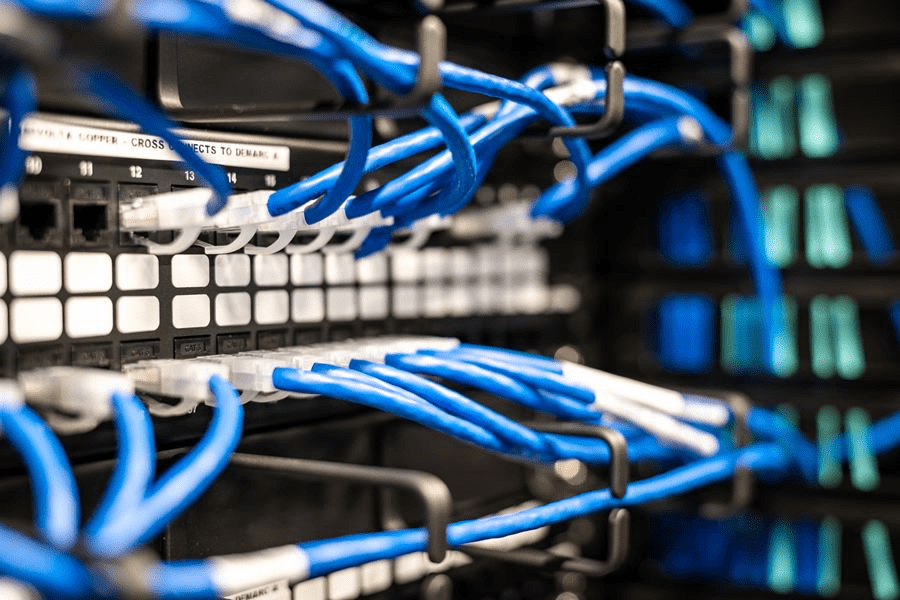22 April 2021
Critical Steps for Securing and Building Network Infrastructure
Building network infrastructure for your business and your organization, may require high cost; but having an unsecured network infrastructure can be more costly. Utilizing technology can make your business easier to operate.
Additionally, we live in the era of technology. We need technology and IT infrastructure for almost every part of our business, be it for research and development, managing big data, to marketing and promotion.
The proper IT infrastructure is not only about the tools and services that we can utilize; the importance of advanced network infrastructure is all about security and avoiding errors.
Such issues can result from your organization’s lack of knowledge about security or technology errors. Having the plans and practical steps for critical network infrastructure can help you reduce the problems that come from the usage of technology.
There are some components to check and evaluate your network to keep it safe. Here are some steps for building network infrastructure, and to maintain and secure your IT networks:
1. Network Security Assessment/Audit
Network security audit is a process in which a company investigates and assesses their network to identify any potential deficiencies that lead to security compromise/breach.
The assessment can be completed by an internal cybersecurity team or by hiring third parties to audit. The potential problem will come from network security policies and the various assets that have on the network.
A comprehensive audit covers almost all component review processes such as firewall architecture/configuration, asset identification, security policies/procedure, risk assessment.
In this process, an auditor should update their knowledge about the updated security policies, software, operating system, user or member of the network. The updated data will help you have a better network infrastructure.
2. Conduct Cyber Security Awareness Training
The knowledge of security is not exclusively only for the cybersecurity team or IT staff, but also for all of your employees.
Sometimes, the problems come from the employees not being aware of what they are doing within the company’s network infrastructure. They can surf in the browser, sign up or log in for something that can be a threat for the organization.
However, Harvard Business Review stated that 60% of all network attacks carried out by insiders. Even though the attack and problems may come from the inside, it doesn’t mean they always know their mistakes.
You can raise awareness in basic things such as make a password for their handphone or laptop, especially if they have company’s data and account on their gadget.
3. Limit User Access
Policy of least privilege (POLP) can be your solution to limit the access of the member. With POLP, users on your network are restricted to having the minimum level of access based on their core job function. This method can help you reduce the risk of an insider stealing data.
Besides POLP, you can separate guest networks from main networks. Main networks might be for employees and guest networks for guests or business partners who need Wi-Fi access when they are in your office.
4. Back-up Your Data
We never know when and how the attacks will happen. Having a data backup can help in your data recovery efforts.It can be better if you backup your data on cloud services, as they enable you to store encrypted backups.
So. you can access it anytime. Don’t forget to test your backup service regularly to prevent any issues that prevent you from accessing your data in critical times
5. Updated Your Anti-Virus Software
Anti-virus is a must have for network infrastructure. Nowadays, viruses and malware are more developed and adaptable to attack your network.
On the other side, anti-virus companies always updated their services to prevent the latest virus or malware.
When you understand the critical steps to save your network, you can prevent attacks. The initiatives can come from your in-house IT staff, or some companies outsource the third parties to manage their networks.
Make sure that your company has these steps too, or some network security regulations. The more secure your network, the more secure your data, especially for your business.
Is this information helpful?
